Black Soldier Fly Larvae as a Sustainable Protein Source in Fish Farming: Performance, Efficiency, and Environmental Impact
July, 2025, Bio Cycle Labs
Black Soldier Fly Larvae (BSFL; Hermetia illucens) is an insect-based ingredient for aquafeed applications
The rapid growth of aquaculture has led to rising demand for high-protein feed ingredients, particularly for carnivorous and omnivorous fish species. Traditionally, fishmeal has served as the industry’s gold standard, due to its high protein content and balanced amino acid profile. However, challenges surrounding cost, availability, overfishing, and ecological impact are driving the search for alternative proteins.
Among the most promising of these is Black Soldier Fly Larvae (BSFL; Hermetia illucens), an insect-based ingredient now gaining momentum in both commercial and scientific aquafeed applications
Among the most promising of these is Black Soldier Fly Larvae (BSFL; Hermetia illucens), an insect-based ingredient now gaining momentum in both commercial and scientific aquafeed applications
Nutritional Value of BSFL in Aquafeed
BSFL offer a high-quality protein and fat source, with the following typical nutritional profile (dry matter basis):
These attributes make BSFL suitable for partial or full replacement of fishmeal in the diets of species such as:
- Protein: 35-50%, depending on rearing substrate;
- Lipids: 15-35%, rich in medium-chain fatty acids, especially lauric acid;
- Essential amino acids: Balanced profile suitable for fish, including lysine and methionine;
- Micronutrients: High in calcium, phosphorus, and trace minerals.
These attributes make BSFL suitable for partial or full replacement of fishmeal in the diets of species such as:
- Tilapia (Oreochromis niloticus)
- Trout (Oncorhynchus mykiss)
- Catfish (Clarias gariepinus)
- Carp (Cyprinus carpio)
- Salmonids (in ongoing trials with defatted BSFL meal)
Scientific Evidence for Performance
Multiple peer-reviewed studies and commercial trials have demonstrated that BSFL meal can replace up to 25-50% of fishmeal in various species diets without negatively impacting:
In many cases, the inclusion of BSFL has shown improvements in gut health, immune response, and stress resistance, likely due to the presence of:
Multiple peer-reviewed studies and commercial trials have demonstrated that BSFL meal can replace up to 25-50% of fishmeal in various species diets without negatively impacting:
- Growth rate and feed conversion ratio (FCR);
- Protein efficiency ratio (PER);
- Flesh quality and fillet yield;
- Survival rates.
In many cases, the inclusion of BSFL has shown improvements in gut health, immune response, and stress resistance, likely due to the presence of:
- Lauric acid, an antimicrobial fatty acid;
- Chitin, a structural polysaccharide with prebiotic properties;
- Antimicrobial peptides and bioactive lipids.
Environmental Advantages
From a life cycle assessment (LCA) perspective, BSFL production significantly outperforms conventional protein sources in:
Additionally, the residual biomass (frass) serves as a nutrient-rich organic fertilizer, contributing to closed-loop agricultural systems.
From a life cycle assessment (LCA) perspective, BSFL production significantly outperforms conventional protein sources in:
- Waste upcycling: Larvae are reared on organic by-products or pre-treated food waste;
- Low water use: Minimal irrigation required;
- Low land and carbon footprint: Compared to soy and fishmeal;
- Reduced eutrophication risk: Due to improved digestibility and reduced nitrogen/phosphorus excretion.
Additionally, the residual biomass (frass) serves as a nutrient-rich organic fertilizer, contributing to closed-loop agricultural systems.
BSFL-derived protein is authorized in the EU for aquaculture feed (Regulation (EU) 2017/893), with growing approval in North America, Asia, and Latin America. As sustainability certifications (e.g., ASC, BAP, organic aquaculture) become more stringent, alternative feed proteins such as BSFL offer an important path toward compliance.
There is also increasing consumer and B2B interest in insect-fed fish, creating potential for premium positioning and differentiated branding.
There is also increasing consumer and B2B interest in insect-fed fish, creating potential for premium positioning and differentiated branding.
Regulatory and Market Context
BioCycle Labs designs and deploys scalable BSFL systems tailored for aquaculture applications. Our services include:
Our mission is to make circular, locally-sourced aquafeed production accessible for fish farms, hatcheries, and feed manufacturers.
BSFL are not just a theoretical alternative - they are a scientifically validated, economically viable, and environmentally superior protein source for modern fish farming. Their integration supports resilience in supply chains, advances sustainability goals, and maintains high standards in animal performance and welfare
- Modular larvae farming units integrated with local waste management;
- Drying and processing solutions for producing stable, defatted insect meal;
- Customized feed formulation support for various species and life stages;
- Traceability and compliance guidance for EU and international markets.
Our mission is to make circular, locally-sourced aquafeed production accessible for fish farms, hatcheries, and feed manufacturers.
BSFL are not just a theoretical alternative - they are a scientifically validated, economically viable, and environmentally superior protein source for modern fish farming. Their integration supports resilience in supply chains, advances sustainability goals, and maintains high standards in animal performance and welfare

Insect-based feed is not the future - it’s the present, scaling today


